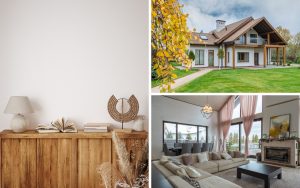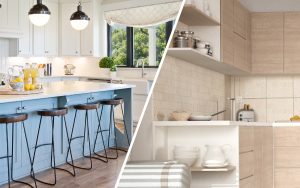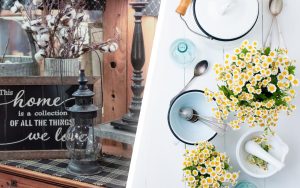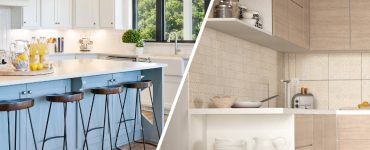In recent years, modern farmhouse has taken the architectural and interior design world by storm, captivating homeowners, builders, and designers alike. Its ability to blend the warmth and nostalgia of traditional farmhouses with the sleekness of modern aesthetics has made it a beloved choice for those seeking a home that exudes comfort, simplicity, and elegance.
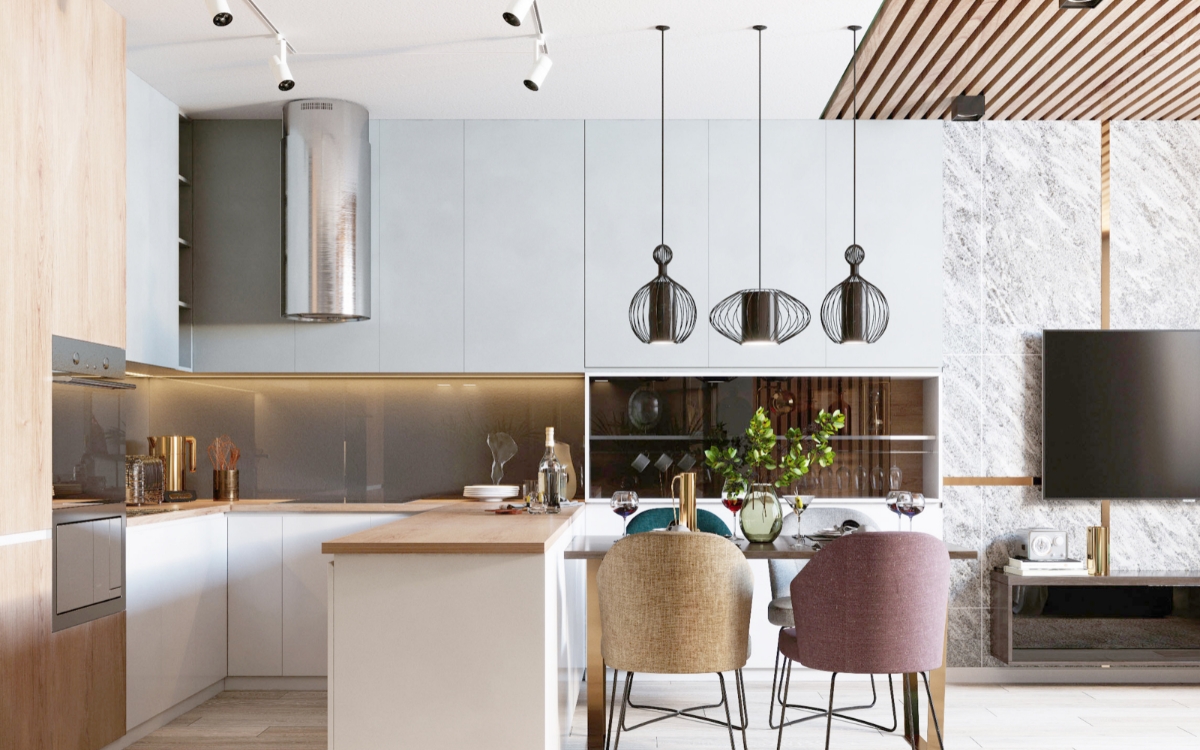
In this blog post, we will explore the essence of modern farmhouse architecture, uncovering its defining features, historical roots, and the creative ways it has been adapted to suit various lifestyles. From the inviting front porches to the thoughtful interior design, we’ll dive into the elements that make modern farmhouse homes so alluring.
Key Features of Modern Farmhouse Architecture
Harmonious Blend of Modern and Rustic Elements
At the heart of modern farmhouse architecture lies its distinct ability to seamlessly blend modern design elements with rustic charm. This unique fusion creates a captivating and inviting atmosphere that appeals to both traditionalists and contemporary enthusiasts alike. The marriage of sleek lines, clean forms, and minimalist aesthetics with natural textures, weathered wood, and vintage accents evokes a sense of timelessness and comfort.
Distinctive Exterior Characteristics
The exterior facade of a modern farmhouse is a defining characteristic that sets it apart from other architectural styles. Board-and-batten siding, a hallmark of farmhouses from yesteryears, brings a touch of nostalgia and visual interest to the home’s outer walls. Paired with gable roofs adorned with metal accents, these elements add an unmistakable charm to the structure. The generous use of windows, often in larger sizes, floods the interior with ample natural light, further enhancing the welcoming and airy ambiance.
Welcoming Front Porch
A signature feature of modern farmhouse architecture is the welcoming front porch. This space serves as an extension of the living areas and encourages a connection with the outdoors. Whether it’s a wrap-around porch or a cozy veranda, it provides the perfect spot for sipping lemonade on lazy afternoons, watching the sunset, or engaging in conversations with friends and family.
Open Floor Plans for Functionality and Connectivity
Modern farmhouse homes prioritize open floor plans, emphasizing a seamless flow between living spaces. By eliminating unnecessary walls and barriers, the layout fosters a sense of connectivity, allowing family members to engage with one another effortlessly. This design approach also facilitates better natural light distribution, creating a brighter and more welcoming environment throughout the day.
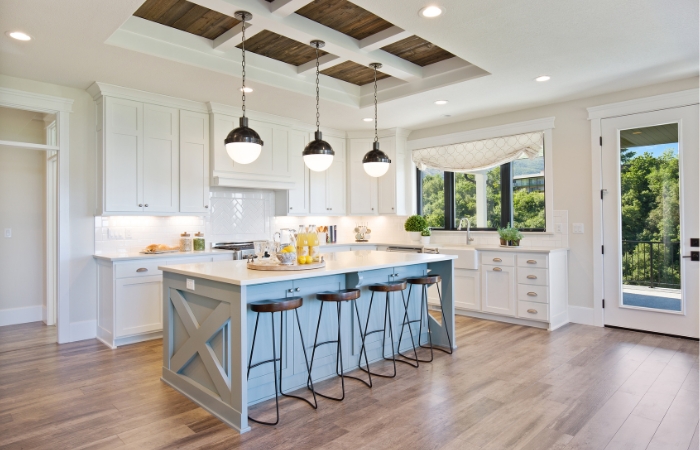
Abundant Natural Light and Large Windows
In keeping with its connection to the rural landscape, modern farmhouse architecture makes ample use of large windows strategically placed to capture scenic views and flood the interiors with natural light. These expansive windows not only serve an aesthetic purpose but also promote energy efficiency by reducing the need for artificial lighting during daylight hours. The interplay of light and shadow adds depth and character to the living spaces, enhancing the overall ambiance of the home.
Reclaimed Wood and Industrial Touches
Another characteristic that distinguishes modern farmhouse architecture is the incorporation of reclaimed wood and industrial accents. Exposed beams, reclaimed barn wood, and vintage furniture pieces contribute to the authentic and cozy feel of the interiors. The use of industrial elements such as metal light fixtures and wrought iron hardware provides a subtle contrast, adding a touch of modernity while preserving the rustic essence.
Neutral Color Palettes with Pops of Contrasting Colors
Modern farmhouse interiors typically feature neutral color palettes, such as shades of white, beige, gray, and earthy tones. These calming colors set a serene backdrop for the decor, emphasizing simplicity and elegance. To inject vibrancy and personality, homeowners often introduce pops of contrasting colors through accessories, textiles, and artwork, creating a visually appealing balance that complements the overall design.
The History and Origins of Modern Farmhouse Architecture
Evolution from Traditional Farmhouses
The roots of modern farmhouse architecture can be traced back to the humble beginnings of traditional farmhouses that dotted the rural landscapes of Europe and North America. These early farmhouses were practical and functional structures, designed to accommodate the needs of agrarian life. They were typically built using local materials, such as wood and stone, and featured a straightforward design with a focus on functionality rather than aesthetic appeal.
Over time, as agricultural practices evolved and urbanization took hold, farmhouses began to adapt to changing lifestyles and architectural trends. The fusion of agricultural functionality and architectural beauty gradually gave rise to what we now know as modern farmhouse architecture.
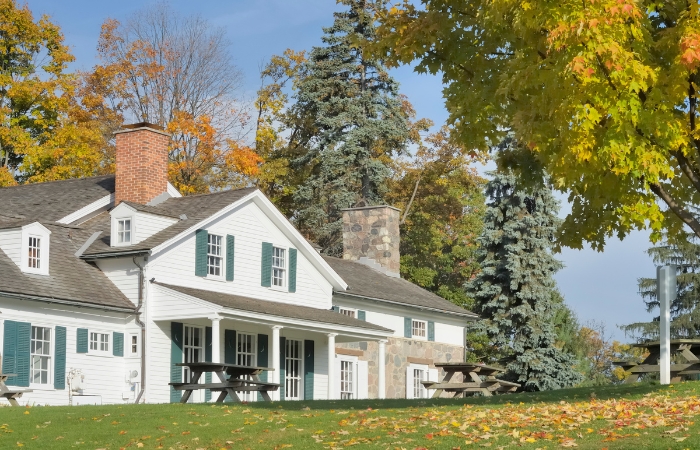
Influence of Vernacular Architecture
The evolution of modern farmhouse architecture was greatly influenced by vernacular architecture – the traditional building styles of specific regions or communities. In different parts of the world, farmhouses exhibited unique characteristics that reflected the local climate, available materials, and cultural preferences.
In America, for instance, the classic American farmhouse emerged in the 18th and 19th centuries, with distinct regional variations such as the Southern, Colonial, and Victorian farmhouses. Each style showcased features that suited the needs of farmers and settlers in their respective regions. These vernacular farmhouses became a rich source of inspiration for modern architects seeking to infuse a sense of history and nostalgia into contemporary designs.
Emergence of the Modern Farmhouse Style
The term “modern farmhouse” gained prominence in the late 20th and early 21st centuries as a specific architectural style that blended the best of both worlds—classic farmhouse charm and modern-day aesthetics. Architects and designers began to reimagine the farmhouse concept, preserving its traditional elements while infusing it with modern design principles.
The modern farmhouse style embraced open floor plans, large windows, and minimalist interior finishes, enhancing the sense of space and light within the home. With an increasing focus on sustainability and eco-consciousness, modern farmhouse architecture also incorporated environmentally-friendly materials and energy-efficient building techniques.
As the popularity of modern farmhouse design grew, it transcended geographical boundaries and became a sought-after style for both rural and urban settings. Its timeless appeal and adaptability to various lifestyles solidified its place as one of the most beloved architectural styles of the 21st century.
Materials and Finishes in Modern Farmhouse Architecture
Utilizing Natural and Sustainable Materials
At the core of modern farmhouse architecture is a commitment to using natural and sustainable materials that echo the rural surroundings and reduce the ecological footprint. One of the prominent materials featured in modern farmhouse design is weathered wood.
It is often used for flooring, exposed beams, and accent walls, adding a sense of rustic charm and authenticity to the interiors. Reclaimed wood, sourced from old barns or industrial buildings, not only infuses character into the design but also promotes the reuse of existing resources, aligning with the eco-conscious ethos of the style.
Stone and brick accents are also commonly incorporated into modern farmhouse exteriors. Whether in the form of stone veneers or exposed brick walls, these materials evoke a sense of history and solidity while harmonizing with the natural landscape. Additionally, their durability ensures that the architectural elements stand the test of time, reducing the need for frequent replacements.
Textured Finishes for a Distinctive Look
Texture plays a vital role in modern farmhouse architecture, as it adds depth and visual interest to the design. Shiplap walls and ceilings are popular choices, offering a seamless and clean appearance with distinctive horizontal lines. Shiplap originated as a practical building method for farmhouses, and its resurgence in modern design pays homage to its historical significance.
Another textured finish commonly used in modern farmhouse interiors is matte and distressed surfaces. From matte-finished kitchen cabinets to distressed furniture pieces, these finishes impart a sense of age and character, enhancing the rustic appeal of the overall design.
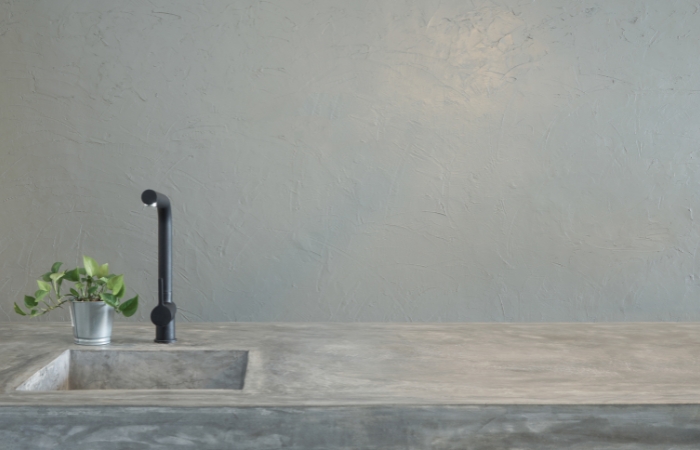
Concrete Countertops and Flooring
Concrete has become a favored material in modern farmhouse kitchens and other living spaces. Concrete countertops add an industrial edge while maintaining a sense of simplicity and functionality. These surfaces can be customized with various stains and finishes to achieve the desired aesthetic.
In flooring, polished concrete or concrete tiles offer durability and easy maintenance, making them ideal for high-traffic areas. When paired with area rugs or cozy textiles, the concrete flooring creates a balanced juxtaposition of ruggedness and comfort.
Metal and Wrought Iron Details
Incorporating metal elements into modern farmhouse architecture brings a touch of contemporary sophistication to the design. Metal light fixtures, such as pendant lamps and chandeliers, serve as statement pieces that accentuate the open spaces. The use of wrought iron for stair railings, hardware, and decorative accents adds an elegant and timeless touch to the overall decor.
The combination of natural materials like wood and stone with refined metal finishes exemplifies the essence of modern farmhouse architecture, striking the perfect balance between rustic charm and modern refinement.
Popular Trends in Modern Farmhouse Architecture
Mixing Modern Farmhouse with Other Styles
One of the notable trends in modern farmhouse architecture is the blending of this iconic style with elements from other design aesthetics. By incorporating features from contemporary, industrial, or Scandinavian styles, designers create unique and personalized interpretations of modern farmhouse homes.
For example, a modern farmhouse with sleek, minimalist furniture and clean lines may evoke a more contemporary feel, while the addition of industrial lighting fixtures can add an urban touch. This fusion of styles allows homeowners to infuse their personalities and preferences into the timeless appeal of the modern farmhouse design.
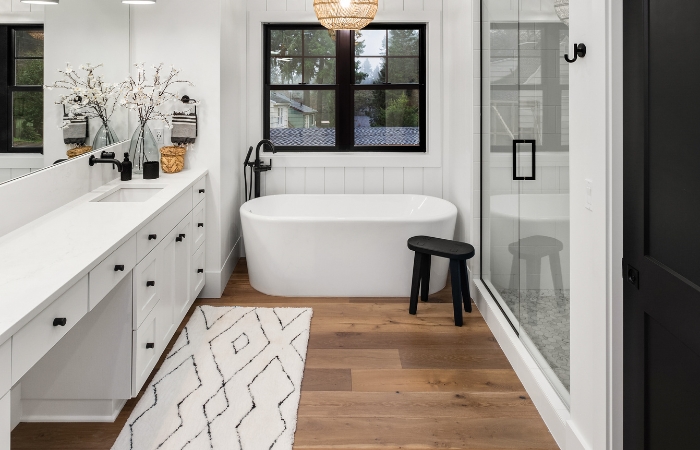
Modern Farmhouse for Urban Dwellings
While modern farmhouse architecture has its roots in rural settings, it has found increasing popularity in urban areas. Urban dwellers seeking a cozy retreat amidst the hustle and bustle of the city are drawn to the charm of modern farmhouse homes. The style’s emphasis on open spaces and natural materials creates a sense of serenity and sanctuary, making it a perfect fit for city dwellers looking for a cozy and comfortable haven in the midst of an urban landscape.
Incorporating Smart Home Technology
As technology continues to advance, homeowners are seeking ways to integrate modern conveniences into their farmhouse-style homes. Smart home technology has found its way into modern farmhouse architecture, offering increased energy efficiency, security, and ease of living. From smart thermostats and lighting systems to automated window treatments, these features enhance the functionality of the home without compromising its timeless aesthetic.
The Rise of DIY and Customization
In recent years, the do-it-yourself (DIY) culture has seen a surge in popularity, and it has made its mark in modern farmhouse architecture. Homeowners are increasingly embracing DIY projects to add personalized touches to their homes, such as creating custom-built furniture, crafting farmhouse-inspired decor, and refinishing vintage pieces. The DIY approach not only allows for cost savings but also provides a sense of accomplishment and ownership in the design process.
Moreover, customization has become a prominent trend in modern farmhouse architecture, allowing homeowners to tailor their spaces to suit their specific needs and preferences. Custom cabinetry, farmhouse sinks, and handcrafted details provide a sense of individuality, making each modern farmhouse home a truly unique and personalized space.
Conclusion
Modern farmhouse architecture has carved a special place in the hearts of homeowners and design enthusiasts worldwide. Its seamless fusion of rustic simplicity and contemporary elegance has proven timeless and versatile, making it an ever-popular choice for those seeking a harmonious balance between comfort and style.
From the distinctive exteriors with board-and-batten siding and welcoming porches to the open and inviting interior spaces bathed in natural light, modern farmhouse design continues to inspire and captivate. Its ability to embrace sustainability and environmentally-friendly practices further adds to its appeal in the modern world.



